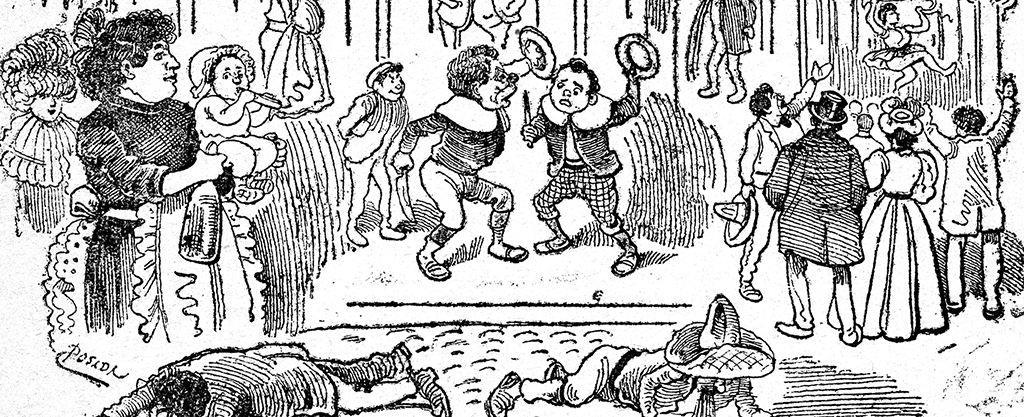
Description
Students will learn about the Mexican Revolution, specifically about the role class and gender played during this time period.
Date Range(s): 1900-1920
Countries: Mexico
Course Subject(s): Latin American Studies; Women & Gender Studies; World Geography Studies; World History Studies
Topic(s): Mexican Revolution; Gender; Class; Porfirio Diaz; Politics; Education; Women
Teaching Time Frame: 4, 90-minute lessons
Guiding Questions
- How did gender and class impact the Mexican Revolution (1910-1920)?
Supporting Questions
Lesson 1: What major socioeconomic factors led to the Mexican Revolution? Who were the important political figures?
Lesson 2: What were the stereotypes and gender norms that women faced during the Mexican Revolution? What did women do to challenge them?
Lesson 3: How did factors like social/economic class influence women’s expression of their viewpoints during the Mexican Revolution?
Lesson 4: What role did the printing press play in helping people express political and social ideas around the time of the Mexican Revolution?
Summative Activities
Students will work in groups of 3-4 to create their own “penny press” publication discussing at least three of the major events or concepts, the role of women, and/or the role of class in relation to women during the Mexican Revolution. Each “penny press” will require a title, a political cartoon, a main article, and a sub-article.
Relevant Teaching Standards
AP World History Frameworks
- 7.1: Shifting Power After 1900
- Learning Objective: Explain how internal and external factors contributed to change in various states after 1900.
- Historical Developments: States around the world challenged the existing political and social order, including the Mexican Revolution that arose as a result of political crisis.
- 7.9: Causation in Global Conflict
- Learning Objective: Explain the relative significance of the causes of global conflict in the period 1900 to present.
- Historical Developments: Rapid advances in science and technology altered the understanding of the universe and the natural world and led to advances in communication, transportation, industry, agriculture, and medicine. Peoples and states around the world challenged the existing political and social order in varying ways, leading to unprecedented worldwide conflicts.
Lesson Links
Lesson 1: The “History” of the Mexican Revolution
Lesson 2: Perceptions and Realities of Women during the Mexican Revolution
Lesson 3: Women and Socioeconomic Class in Early 20th-Century Mexico
Lesson 4: Mexican “Penny Press” Publications
Downloads
Unit (PDF) | Primary Sources & Editable Unit (ZIP)
Rights Statement
Creator(s): Lia Ferrante, Graduate Student, Department of Curriculum and Instruction, Augustino Fisher, Graduate Student, Department of Curriculum and Instruction, & Jackson Fisher, Graduate Student, Department of Curriculum and Instruction
Date: 2023-05
This unit is under a Creative Commons Attribution-NonCommercial-ShareAlike 4.0 International Public License (“Public License”). This license lets others share, remix, tweak, and build upon the work non-commercially, as long as they credit the creators and license their new creations under the identical terms.
